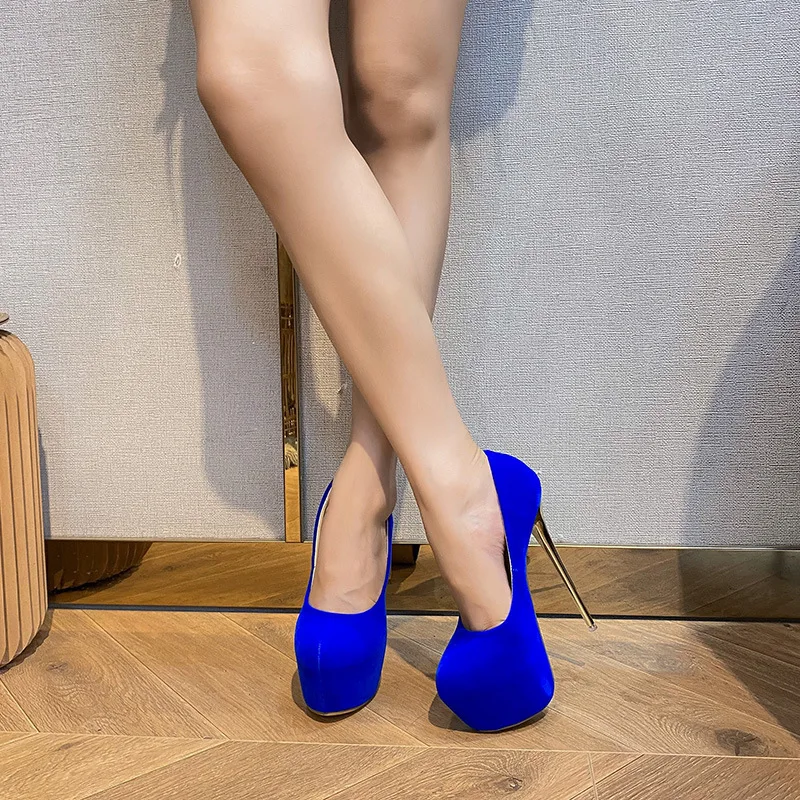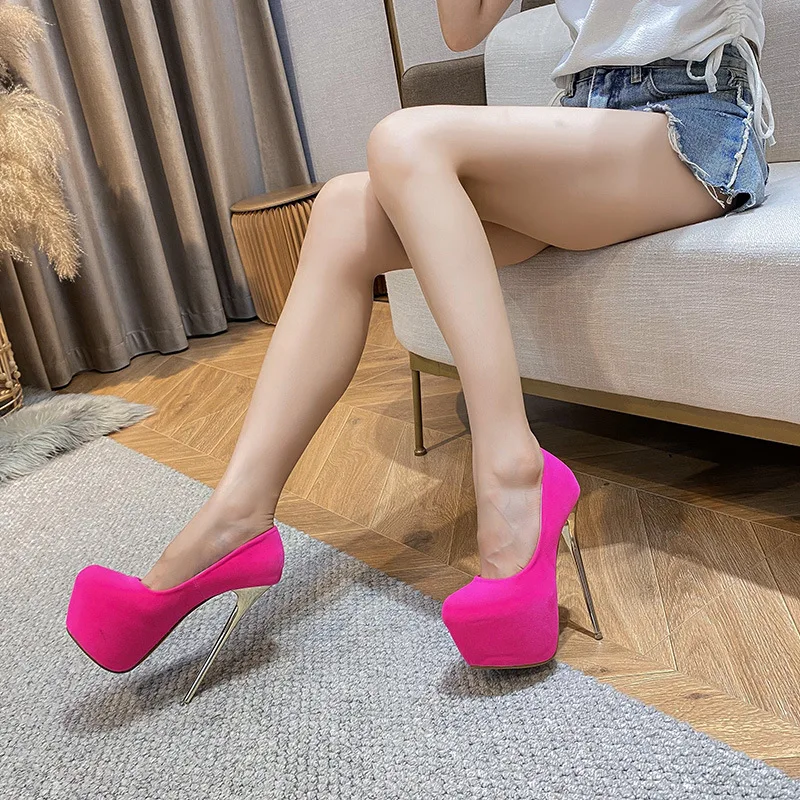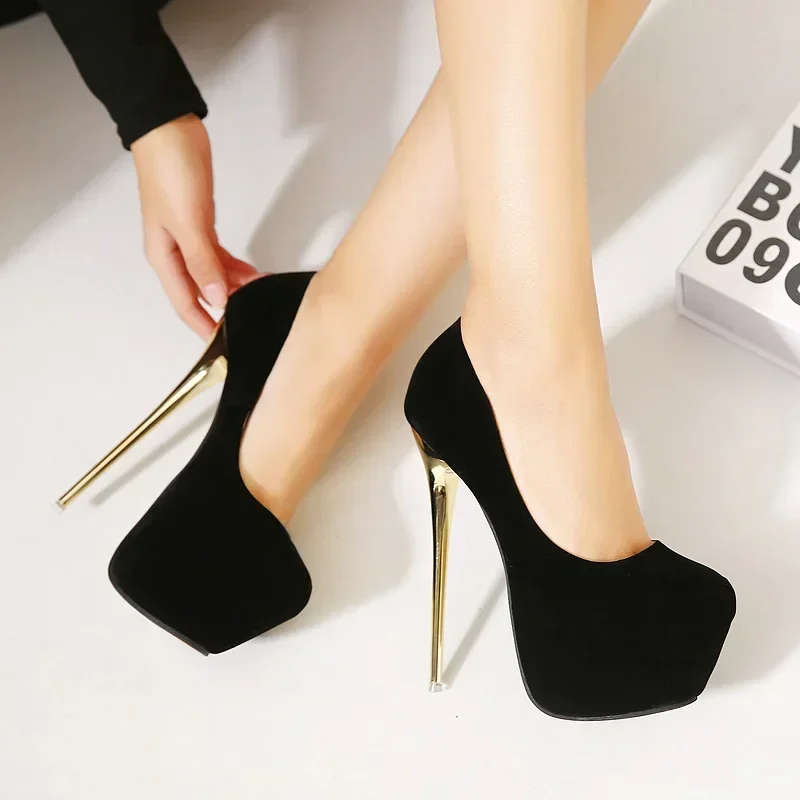Introduction
High heels have been a staple in fashion for centuries. They can transform an outfit, boost confidence, and enhance posture. However, the perfect fit is crucial to ensuring that high heels are both stylish and comfortable. An ill-fitting pair can lead to discomfort, pain, and long-term health issues. Understanding how should high heels fit can make a significant difference in your comfort and the overall experience of wearing them. This article will explore the essential factors in finding the right fit for high heels, from measuring your feet correctly to understanding different heel types.

Understanding Your Foot Structure
Measuring Your Feet Correctly
The first step in finding the perfect fit for high heels is understanding your foot structure. Many people underestimate the importance of measuring their feet accurately. Feet can change size and shape over time due to various factors such as age, weight changes, and even pregnancy. Therefore, it’s essential to measure your feet each time you shop for new shoes.
To measure your feet correctly, start by standing on a piece of paper. Trace around your foot with a pencil while keeping the pencil vertical to the paper. Make sure to trace the outline of your foot accurately. Next, measure the distance between the longest point of your foot (usually the big toe) and the heel. This measurement gives you the length of your foot. Also, measure the width at the widest part of your foot to get the width measurement.
It’s important to measure both feet, as one foot might be slightly larger than the other. Use the larger measurement to determine your shoe size. When buying high heels, consider the fact that different brands and styles may fit differently, so always try on the shoes if possible.
Choosing the Right Width
High heels come in various widths, and finding the right width is as crucial as finding the right length. Shoes that are too narrow can cause blisters, pinching, and long-term foot problems. On the other hand, shoes that are too wide can lead to instability and discomfort. When selecting high heels, make sure to pay attention to the width options available. Many brands offer shoes in narrow, medium, and wide widths. Choosing the correct width ensures that the shoes will fit comfortably around your foot without being too tight or too loose.
Key Factors in High Heel Fit
Toe Box Space
The toe box is the front part of the shoe where your toes are situated. One of the most important aspects of a well-fitting high heel is the space in the toe box. High heels that are too tight in the toe box can cause a variety of issues, including corns, calluses, and bunions. Ideally, there should be about half an inch of space between the tip of your longest toe and the end of the shoe. This space allows your toes to move slightly and helps prevent discomfort.
When trying on high heels, pay attention to how your toes feel inside the shoe. Make sure there is enough room for them to wiggle without feeling cramped. Additionally, check that the shoe does not press too hard on any specific part of your toes, as this can indicate that the shoe is not the right fit.
Heel Height and Arch Support
Heel height is another crucial factor in the fit of high heels. While higher heels may look elegant, they can also place extra pressure on your feet and affect your posture. It’s essential to choose a heel height that you can comfortably walk in. If you’re not used to wearing high heels, start with a lower heel and gradually increase the height as you become more accustomed to them.
Arch support is also vital for comfort, especially in high heels. High heels can alter the natural alignment of your feet, which can lead to foot pain and other issues. Look for high heels that offer some level of arch support to help distribute pressure more evenly across your feet. Shoes with built-in arch support or removable insoles can provide additional comfort and help prevent foot pain.

The Shape of the Heel
High heels come in various shapes, including stiletto, block, and wedge heels. The shape of the heel can significantly affect the fit and comfort of the shoe. For instance, stilettos, which have a thin, high heel, can be less stable and more challenging to walk in. Block heels, on the other hand, provide more stability and can be more comfortable for extended wear.
When selecting high heels, consider how the shape of the heel impacts the overall fit. If you prefer a certain heel shape, make sure it complements the rest of the shoe’s design and provides the support you need. It’s also helpful to try walking in different heel shapes to determine which one feels most comfortable for you.
Tips for Trying On High Heels
Walking and Moving
When trying on high heels, don’t just stand still. Walk around the store or your home to get a feel for how the shoes perform in motion. Pay attention to how your feet move inside the shoes and whether you experience any discomfort or instability. Walking in high heels can help you assess the fit and comfort more accurately than just standing in them.
Make sure to walk on different surfaces, if possible, to see how the shoes handle various textures. This can give you a better idea of how the shoes will feel in real-life situations. For example, walking on a hard floor might feel different than walking on a carpeted surface.
Adjusting the Fit
Many high heels come with adjustable features such as straps or buckles. Take advantage of these adjustments to achieve a better fit. Straps can help secure your feet in place and prevent slipping, while buckles allow you to customize the fit around your ankle. Adjust these features as needed to ensure that the shoes feel snug and comfortable.
If the high heels you’re trying on don’t fit perfectly, consider using shoe stretchers or insoles to improve the fit. Shoe stretchers can help stretch the material slightly if the shoes are too tight, while insoles can provide additional cushioning and support.
Caring for High Heels
Proper Storage
Proper storage is essential for maintaining the fit and condition of your high heels. Store your high heels in a cool, dry place away from direct sunlight. Avoid storing them in damp areas or in places where they might be exposed to extreme temperatures. Use shoe trees or inserts to help maintain the shape of the shoes and prevent them from becoming misshapen.
Additionally, keep your high heels in their original box or a dust bag to protect them from dust and damage. Regularly clean your high heels according to the manufacturer’s instructions to keep them looking their best.
Regular Maintenance
Regular maintenance can prolong the life of your high heels and ensure they continue to fit well. Check the heels and soles for signs of wear and tear, and address any issues promptly. For example, if the heel tips are worn down, consider having them replaced to prevent further damage.
Clean your high heels regularly to remove dirt and stains. Use appropriate cleaning products based on the material of your shoes. For instance, leather high heels may require specific leather cleaners, while suede heels need specialized suede brushes.

Conclusion
Finding the perfect fit for high heels involves more than just choosing a stylish pair. It requires understanding your foot structure, considering key factors such as toe box space, heel height, and arch support, and paying attention to how the shoes feel in motion. By following the tips outlined in this article, you can ensure that your high heels are both comfortable and fashionable.
Proper measurement, attention to detail, and regular maintenance are crucial for enjoying your high heels for years to come. Whether you’re dressing up for a special occasion or adding a touch of elegance to your everyday look, the right fit will make all the difference in your comfort and confidence.
